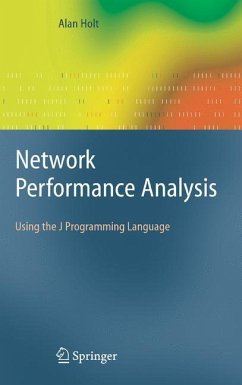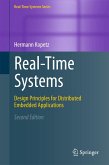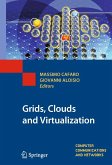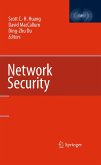This book brings Network Calculus closer to the network professional and will also have real appeal for postgraduates studying network performance. It provides valuable analytical tools and uses J as a means of providing a practical treatment of the subject. It builds a bridge between mathematics theory and the practical use of computers in the field of network performance analysis.
Network Calculus is a mathematical theory concerned with deriving performance bound networks and this book aims to show that it can provide useful methods for designing and engineering networks. Examples are implemented in J making the subject more accessible to those that, although have a mathematical background, are not pure mathematicians.
Basic and advanced concepts of J are introduced throughout when required to illustrate different issues. Topics covering Network Calculus include wide sense increasing functions, mini-plus algebra, convolution and arrival, departure and services curves. Comprehensive examples in the application of Network Calculus are given, models for simulating network traffic and network systems are discussed and congestion control is explored.
This book brings Network Calculus closer to the network professional and will equally appeal to postgraduates studying network performance by providing valuable analytical tools and using J as a means of providing a practical treatment of the subject.
Hinweis: Dieser Artikel kann nur an eine deutsche Lieferadresse ausgeliefert werden.
Network Calculus is a mathematical theory concerned with deriving performance bound networks and this book aims to show that it can provide useful methods for designing and engineering networks. Examples are implemented in J making the subject more accessible to those that, although have a mathematical background, are not pure mathematicians.
Basic and advanced concepts of J are introduced throughout when required to illustrate different issues. Topics covering Network Calculus include wide sense increasing functions, mini-plus algebra, convolution and arrival, departure and services curves. Comprehensive examples in the application of Network Calculus are given, models for simulating network traffic and network systems are discussed and congestion control is explored.
This book brings Network Calculus closer to the network professional and will equally appeal to postgraduates studying network performance by providing valuable analytical tools and using J as a means of providing a practical treatment of the subject.
Hinweis: Dieser Artikel kann nur an eine deutsche Lieferadresse ausgeliefert werden.
From the reviews: "Holt provides a convincing argument by showing how one can accomplish this by using the J programming language. ... The book ends with an appendix including the J scripts used and a list of abbreviations. Overall, this is a concise, interesting, and easy-to-read book, full of specific applications ... therefore, it should be especially accessible and useful to practitioners in the networking field." (Tugrul Dayar, Computing Reviews, December, 2008)








